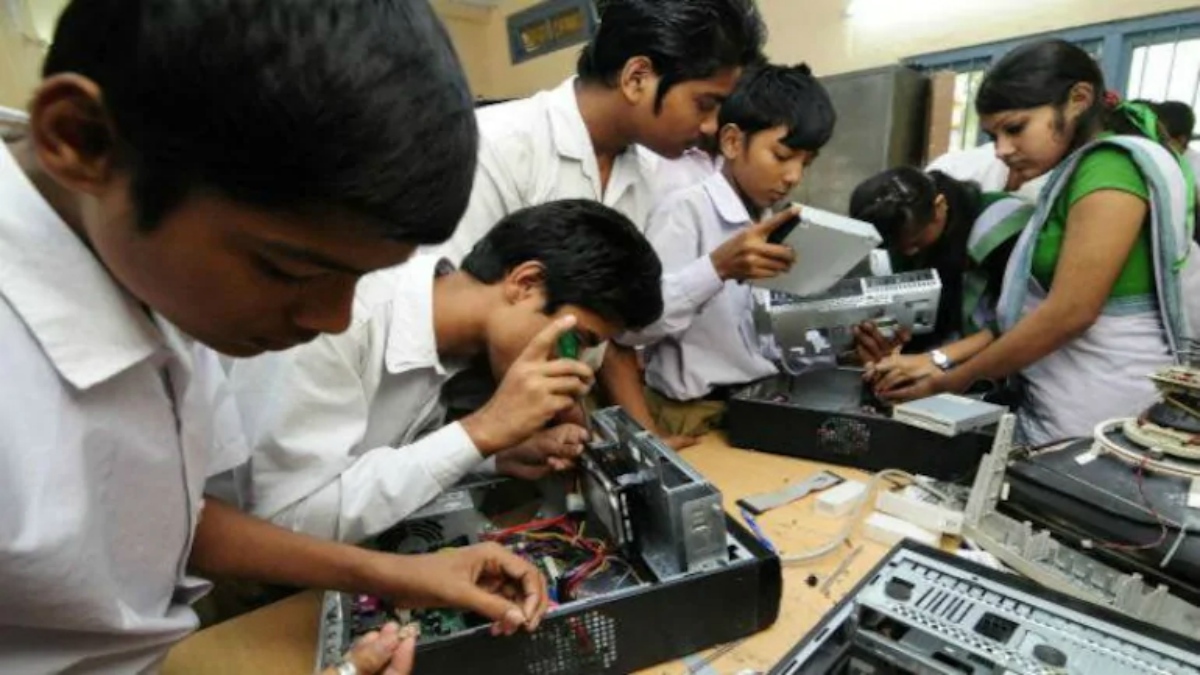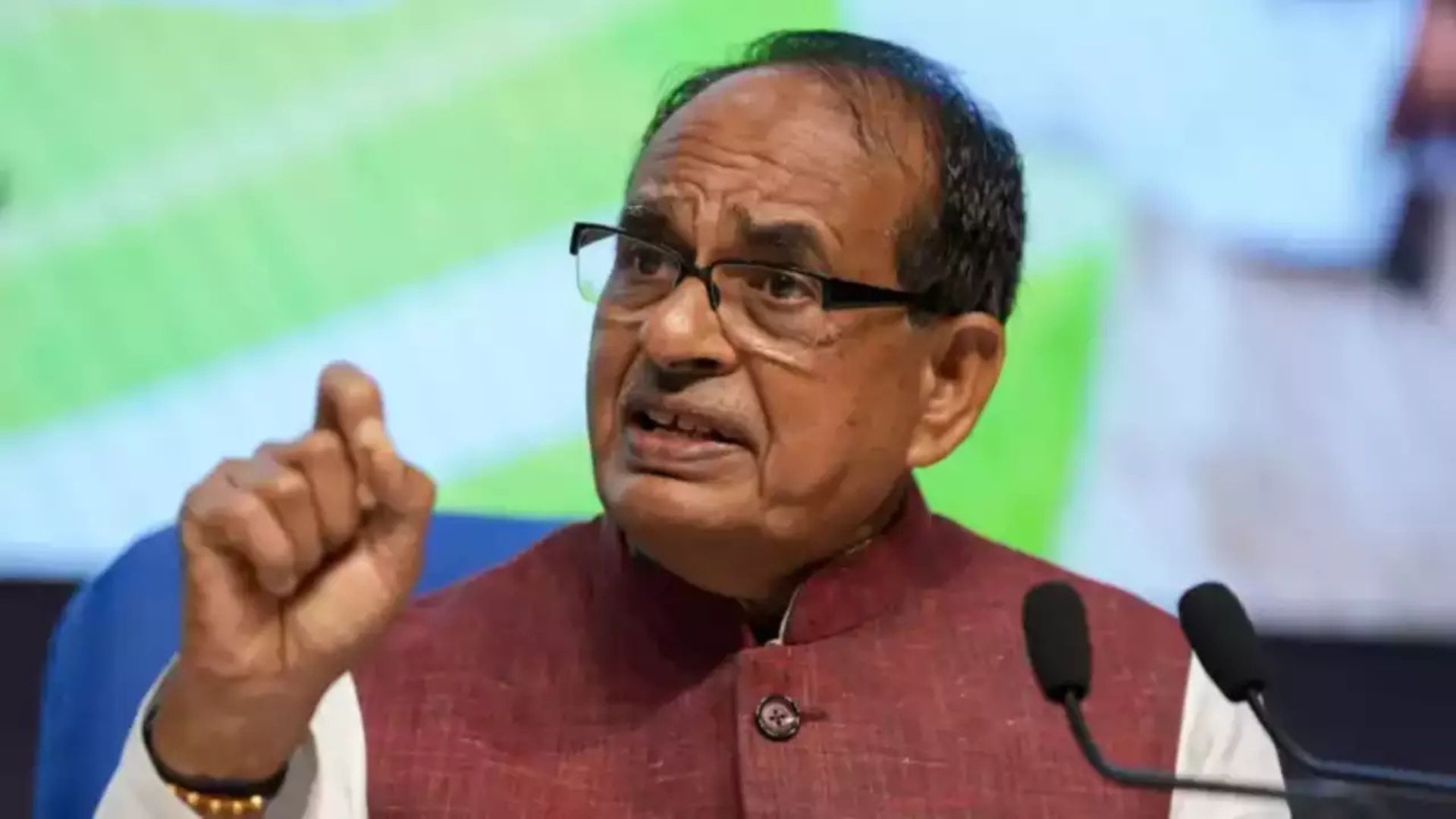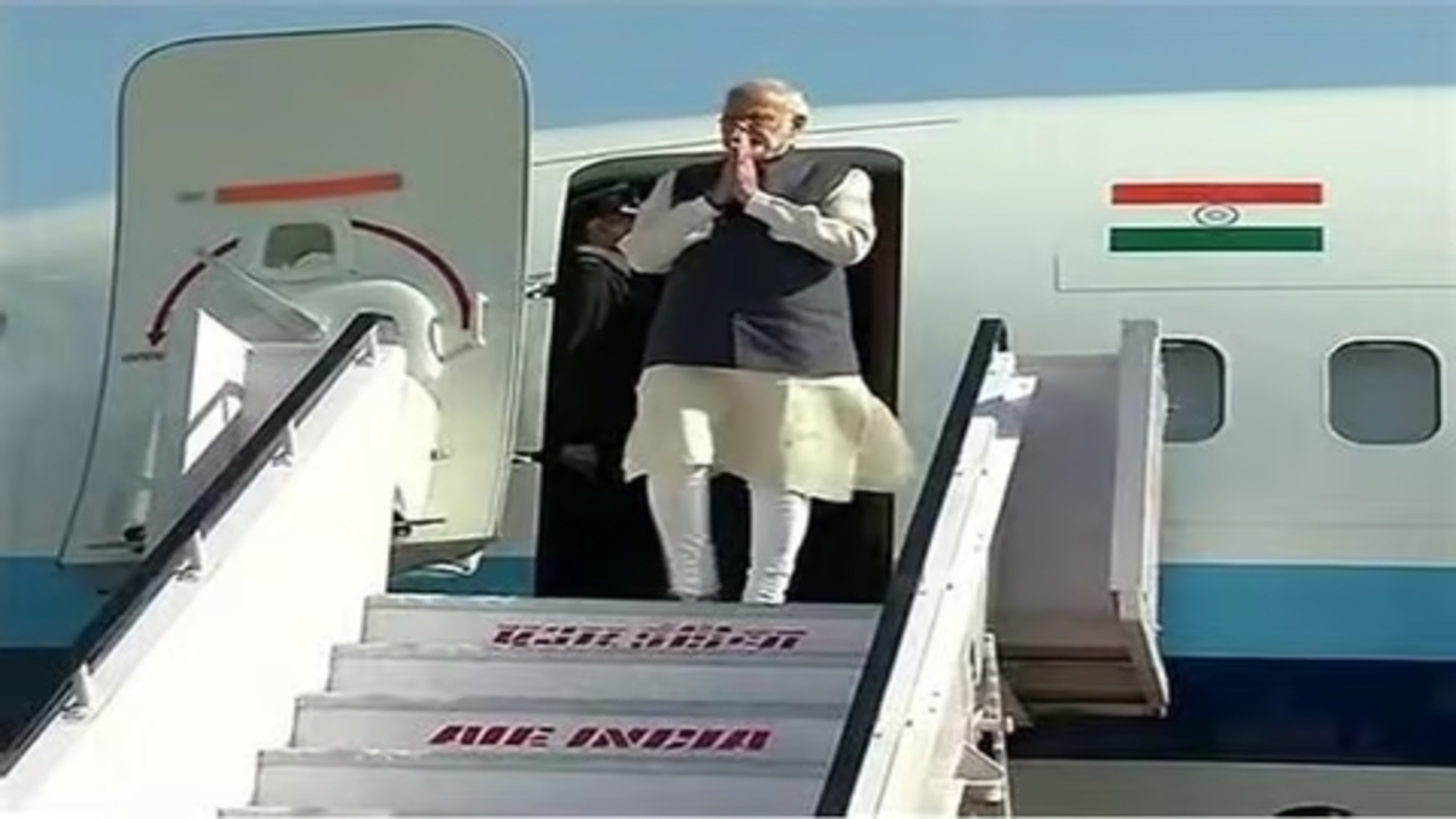
The traditional Indian way of human resource development, particularly in vocational sectors, has largely been non-formal in character. Farmers, craftsmen, potters, weavers, masons, carpenters, carpet makers, toy makers, goldsmiths, cobblers, painters, and a host of other such skilled workers learn their crafts and acquire knowledge and skills by participating from the early years of their lives in various occupational activities. Such workers undertake these activities in the form of apprenticeship and acquire skills on the job. The training they receive is so invaluable that it helps them acquire proficiency of a fairly good level in the shortest possible time. Additionally, this system inculcates cultural values, social norms and wisdom, which have their own significance. Although this system has been in vogue and is likely to stay in the future, it suffers from certain drawbacks. Some of them are the lack of infrastructure and material, lack of quality in terms of skills and standards, lack of equivalence with formal education and training programmes in the concerned areas, acquisition of a limited range of skills and the absence of a system of accredited certification needed for career mobility.
The traditional system is also not able to meet requirements fully in terms of the number and the quality of products. Consequently, a majority of children learning through the system are not able to find alternative employment. On the other hand, higher academic education is creating a class of individuals desirous of jobs but devoid of skills. This is primarily due to lack of an interface between institutions and industries. This calls for the restructuring of the present system in such a way that it begins producing human resources with the desired levels of skill and competence. Formal institutions of vocational education, therefore, need to be developed and strengthened to meet the demand of each sector by offering standardised programmes of acceptable employability. Considerable thought has been given to this aspect in independent India but with pint-sized success.
A lot of attempts have been made to see the success of vocational education as an integral part of school education, but results have been lukewarm. The history of vocational education in post-Independence India can be traced to the report of the Mudaliar Commission (1952-53). Notwithstanding telling recommendations, it did not lead to any worthwhile results and the scheme remained a non-starter more or less. The issue was taken up again in right earnest by the Kothari Commission (1964-66) which suggested the streaming of higher secondary education into distinct academic and vocational streams. This recommendation was pursued with great care and transparency but experience tells us that the success rate has been quite appalling for a variety of reasons including public perception about the mediocrity of vocational programmes as compared to academic programmes. It was found to be quite prevalent in the surging middle-class population which wishes to see their wards become doctors and engineers rather than apprentices.
Skill and knowledge are the driving forces for economic growth and social development in a country. In a growing economy with a vast and ever-increasing population like ours, the problem is twofold. On one hand, there is an acute shortage of trained quality labour, and on the other, a large section of the population which possesses little or low job skills. Consequently, there is a peculiar situation in the country. While large segments of our youth remain unemployed or underemployed, there are emerging job positions both at lower and middle levels for which suitably equipped personnel are not available. Careers in healthcare, office management, medical record transcriptions, technical writing, advertising, the automobile industry, hospitality, printing and publishing industries, call centres, to mention a few, are receiving increased attention. There is a huge problem of mismatch between education and employment. Over-qualified candidates, in large numbers, are often found seeking jobs in the lower ranks of services.
India can no longer afford any slippage in new skill development initiatives which would ensure the success of vocational education. As the economy continues to transform, large-scale sectoral shifts in the working population are inevitable, particularly from agriculture to other sectors of the economy. These sectors would, however, require significantly different and often specialist skill sets which would obviously require training and skill development. Realising this, the Government of India, through various agencies, is progressing and focusing on developing skills. The various initiatives and steps taken by the Ministry of Skill Development and Entrepreneurship, National Skill Development Agency and National Skill Development Corporation have formulated several initiatives to bridge the gap between demand and supply of a skilled workforce, thereby setting the foundation for contributions to nation building. Although India has now a determined approach to provide skilled youth with the tools to contribute to their own career and the country’s socio-economic development, some of the initiatives require a greater focus.
The goal of skilling five hundred million youth in the country can be realised if the Skill Development and Education Ministries establish greater levels of coordination. They need to appreciate that such a situation is best handled not outside the schooling and university system but within those systems. Handling vocational education requires inputs from different domains of knowledge which can be available within the premises of schools and universities.
Since vocational education is a continuum from the school stage onwards, there is a need to underscore some specific concerns. First there is a need to identify context-specific vocational programmes, including vocational programmes for which the eligibility should be higher secondary pass and programmes which would require the background of a university degree. Second, there is a need to specify the requirement of infrastructure in relation to vocational programmes in terms of facilities for workshops and hands-on-experience in an industry or a related institution. Third, there is also a need to identify which programmes could be offered in conventional institutions and which would require a stand-alone institution. Fourth, the curriculum of the programmes may be visualised in such a manner that it has four distinct parts namely life skills, work skills, internship and preparation of employment. Fifth, the course content and training component of the programmes may be so designed that they promote creativity, analytical ability and flexibility. Sixth, all programmes may be made part of the community, for the community and by the community. These are the issues which call for strengthening of the existing vocational programmes and introduction of more relevant programmes besides their expansion throughout the length and breadth of the country.
Vocational education at different stages of education as envisaged in the National Education Policy (NEP), 2020 is the need of the hour in the context of the problems of unemployment and underemployment. The need of vocational education gets further accentuated on account of the high percentage of exclusion and elimination from the formal system of education. Issues such as these can be addressed at a faster pace if the Ministry of Skill Development and Entrepreneurship works in close collaboration with the Ministry of Education.
The goal of skilling five hundred million youth in the country can be realised if both the ministries establish greater levels of coordination. They need to appreciate that such a situation is best handled not outside the schooling and university system but within those systems. Handling vocational education requires inputs from different domains of knowledge which can be available within the premises of schools and universities. Moreover, the basis of the success of any programme as a part of education is largely dependent upon the feeder from the lower stages of the education system. If the foundation laid as part of school education is not strong, it will have its effect on the success of the program as a subject in the domain of higher education.
Therefore, it is extremely important to make strong efforts for vocational programmes to be nurtured in educational institutions jointly by both the Ministries in close coordination with the industry. The success of vocational education would eventually depend upon the interface between the skill providers and the industry. The bottom line is that this linkage needs to be institutionalised towards the success of better employability of pass-outs by the two systems coming closer to each other.
The writer is former Chairman, UGC. The views expressed are personal.















